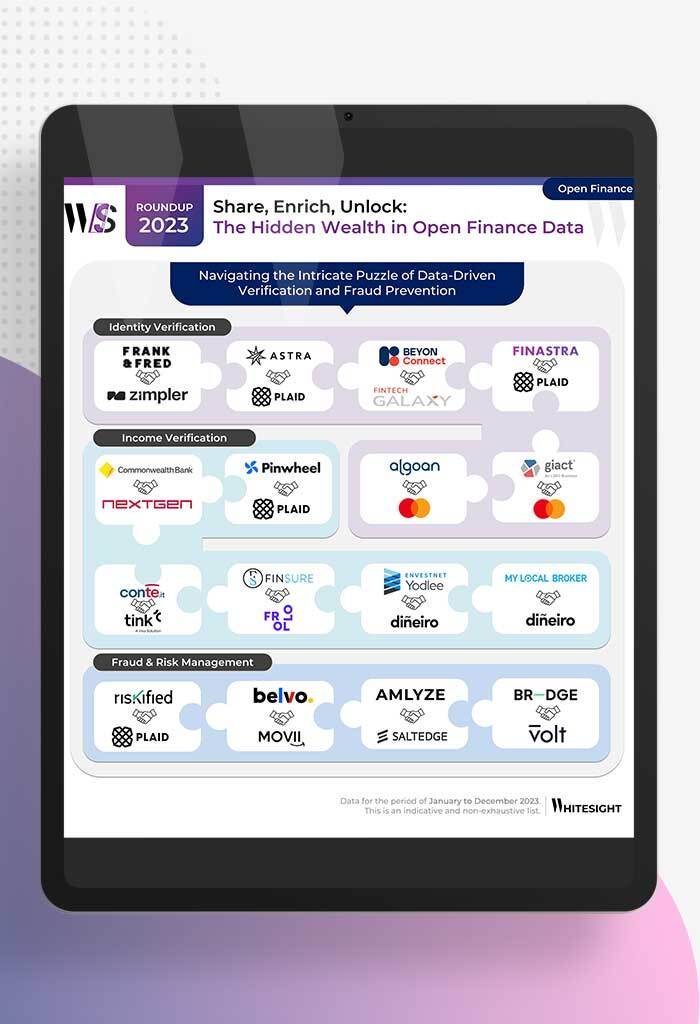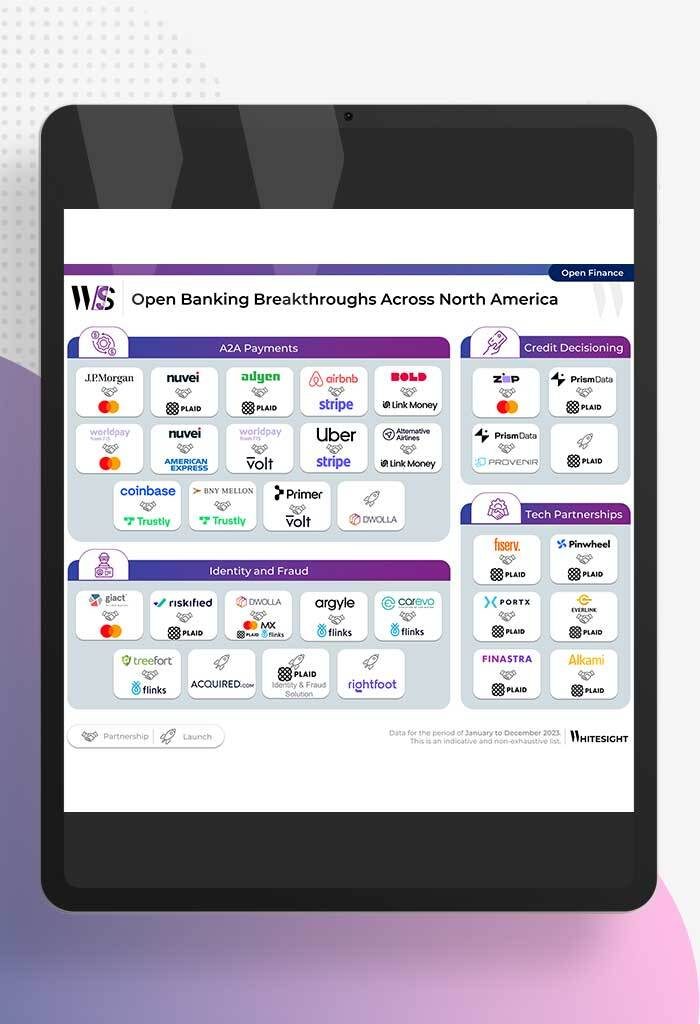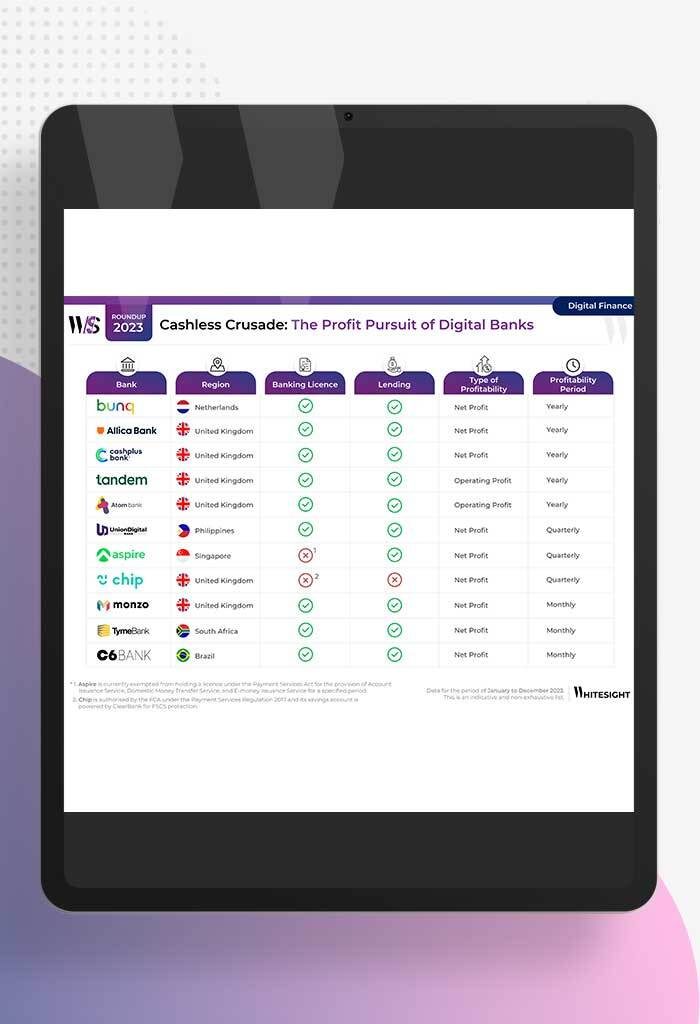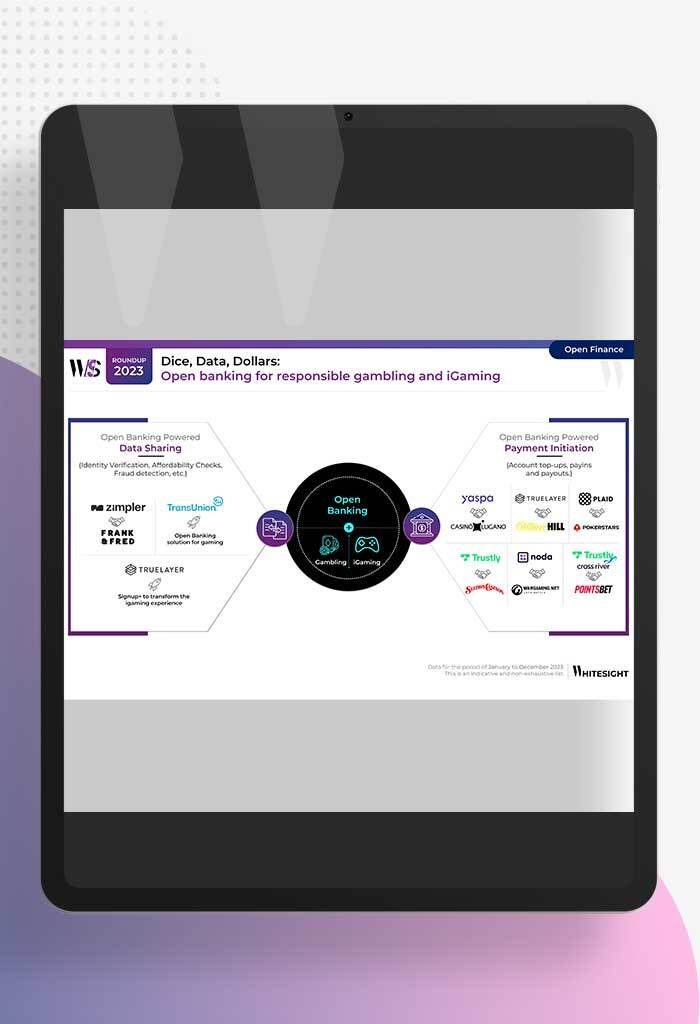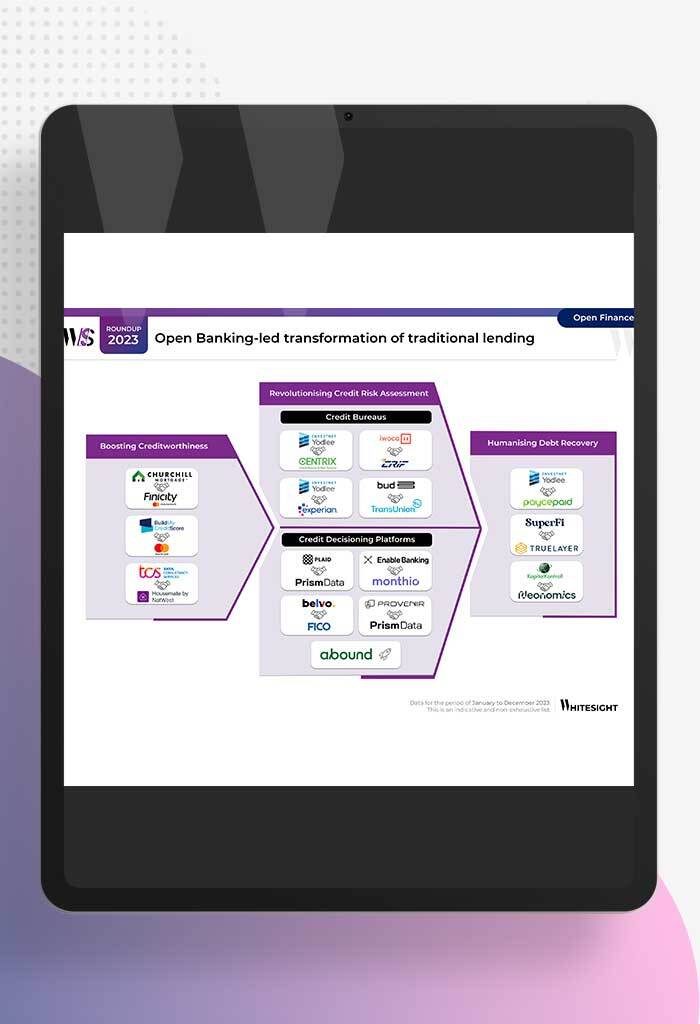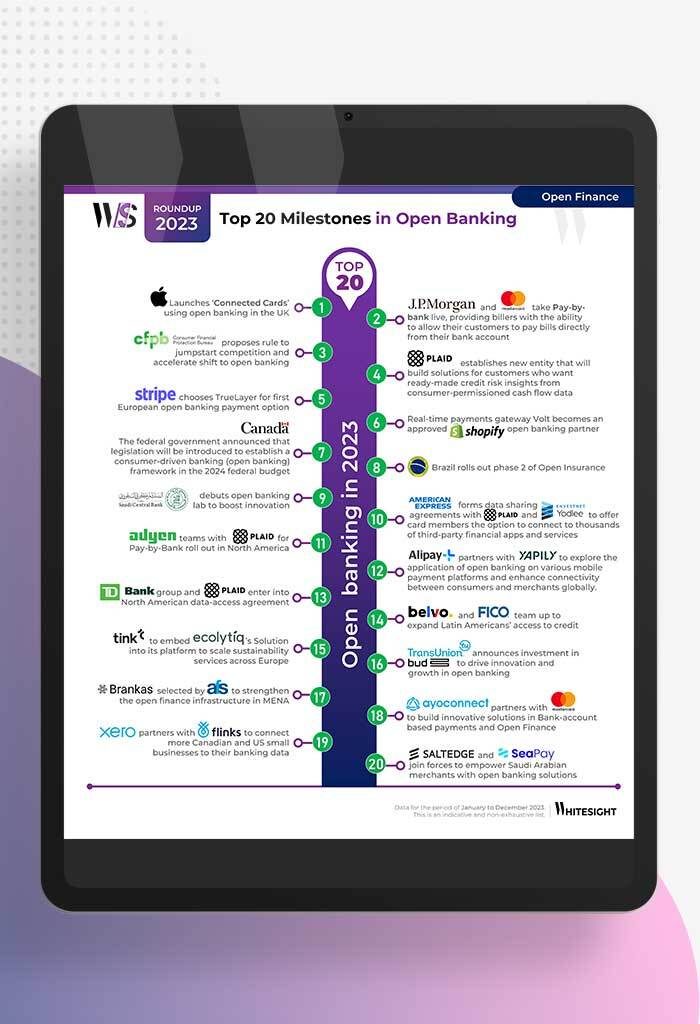Winter Is Here For The FinTech Folks
- Risav Chakraborty and Anjali Singh
- 3 mins read
- Fintech Strategy, Insights
Table of Contents
Global FinTech investments reached a record US$210B across 5,684 deals in 2021. The massive investment inflows into the FinTech ecosystem led many players to overestimate their growth potential and focus on scaling fast to exploit the massive digital adoption by consumers and businesses in the wake of the pandemic.Rapid and cheap access to capital coupled with bullish estimates of the market opportunity, and favourable customer behaviour meant aggressive hiring, hopeful investments in new product lines, extravagant marketing campaigns, and accelerated geographic expansion. Riding on the high, few anticipated the gloomy valley of an economic downturn and swift reversals to pre-pandemic behaviours that 2022 had in store.Snap Back to Reality2022 has witnessed a blizzard of tech layoffs, and the FinTech industry was no exception. The reasons for layoffs cited varied, ranging from macroeconomic conditions to industry shifts to company-level factors.Macroeconomic factors cited include a looming recession, rising inflation, reduced consumer spending, and reversion to pre-covid behaviours. These reasons were cited by companies like Klarna and TrueLayer.Industrial factors cited were shrinking venture funding, nosediving valuations in public and private markets and heightened regulatory scrutiny. For example, Blend Labs slashed its payroll amid major mortgage industry turmoil.Company factors mentioned include cost reduction mandates, […]
This post is only available to members.
Already a subscriber? Log in to Access
Unlock this blog
Gain exclusive access to this blog alone.
Radar Subscription
Select a membership plan that resonates with your
goals and aspirations.
Not Ready to Subscribe?
Experience a taste of our expert research with a complimentary guest account.
We publish new research regularly. Subscribe to stay updated.
No spam.
Only the best in class fintech analysis.
Related Posts
- Kshitija Kaur and Sanjeev Kumar
From Data Streams to Enriched Data Fountains Remember the early days of plumbing? Water flowed freely, but its quality was...
- Samridhi Singh and Sanjeev Kumar
North America’s Open Sesame: Use Cases Bloom Open banking has garnered significant attention in recent years, and at Whitesight, we’ve...
- Samridhi Singh and Sanjeev Kumar
Profitability Unlocked: Licences, Service, and Survival The rise of digital banks has sparked a paradigm shift in how we perceive...
- Sanjeev Kumar and Risav Chakraborty
High stakes in the gambling sector The online gambling industry is booming, with a projected market size of $107.3B by...
- Sanjeev Kumar and Risav Chakraborty
Open Banking-led Transformation of Traditional Lending In 2023, a wave of innovation swept through the lending industry, thanks to several...
- Sanjeev Kumar
Unmasking Open Banking’s Game Changers in 2023 2023 has been a pivotal year in the world of open banking, marked...
